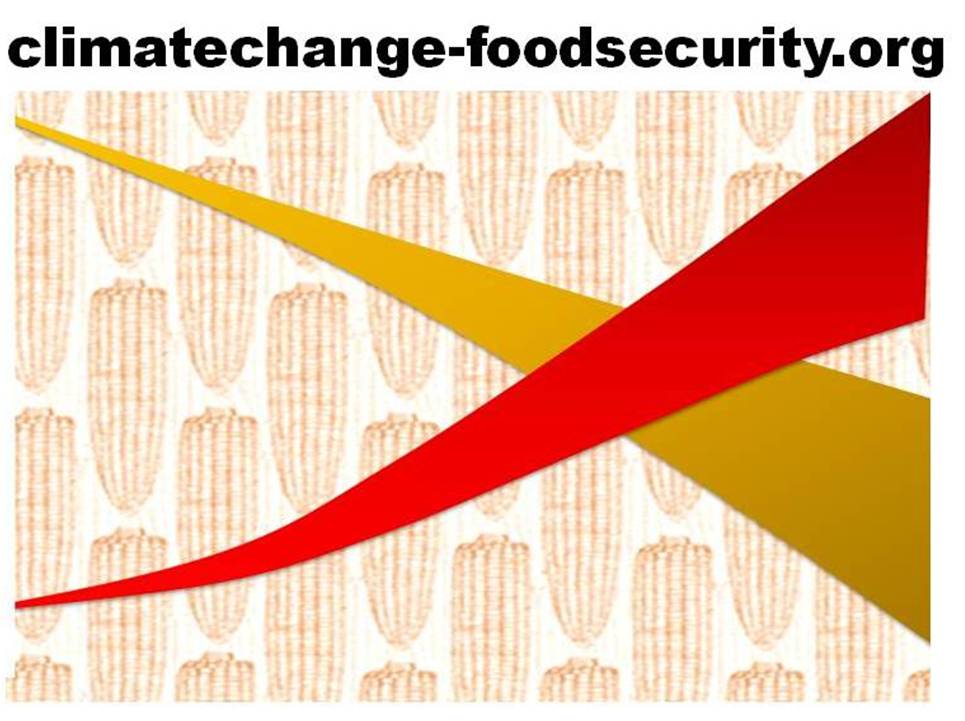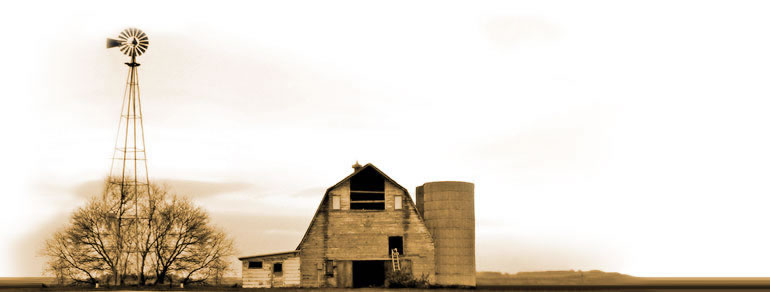Climate Change and Food Security

Dangerous Climate Interference
Climate for agriculture
NRC conversion table for local to global warming
The IPCC does not determine risks and does not define what would constitute dangerous interference with the climate system be.
1992 United Nations framework convention on climate change
Article 2 OBJECTIVE
The ultimate objective of this Convention and any related legal instruments that the Conference of the Parties may adopt is to achieve, in accordance with the relevant provisions of the Convention, stabilization of greenhouse gas concentrations in the atmosphere at a level that would prevent dangerous anthropogenic interference with the climate system.
Such a level should be achieved within a time frame sufficient to allow ecosystems to adapt naturally to climate change, to ensure that food production is not threatened and to enable economic development to proceed in a sustainable manner.
Article 2 OBJECTIVE
The ultimate objective of this Convention and any related legal instruments that the Conference of the Parties may adopt is to achieve, in accordance with the relevant provisions of the Convention, stabilization of greenhouse gas concentrations in the atmosphere at a level that would prevent dangerous anthropogenic interference with the climate system.
Such a level should be achieved within a time frame sufficient to allow ecosystems to adapt naturally to climate change, to ensure that food production is not threatened and to enable economic development to proceed in a sustainable manner.
Few people are aware that under its restrictive terms of reference, the intergovernmental panel on climate change scientists are not permitted to assess global warming and climate change in terms of avoiding dangerous interference with the climate system. This is the clear intention and requirement on industrialized nations of the United Nations climate convention. Only the government bureaucrat policy makers that sit on the IPCC panel are permitted to make any decisions or conclusions on the question of dangerous climate interference.
The protection of food security, particularly for the most climate change vulnerable regions and populations that are specifically listed in the climate convention, is a clear requirement of the industrialized nations. But sadly, this is not being acknowledged by these nations nor by the climate change scientists who in general follow the IPCC's lead of avoiding the question.
The notable exception is America's eminent scientist John Holdren, who has been lecturing to scientific audiences since 2006 explaining why the world is beyond dangerous climate interference.
The notable exception is America's eminent scientist John Holdren, who has been lecturing to scientific audiences since 2006 explaining why the world is beyond dangerous climate interference.
"Climate change is coming at us faster, with larger impacts and bigger risks, than even most climate scientists expected as recently as a few years ago.
The stated goal of the UNFCCC – avoiding dangerous anthropogenic interference in the climate - is in fact unattainable, because today we are already experiencing dangerous anthropogenic interference. The real question now is whether we can still avoid catastrophic anthropogenic interference in climate.
There is no guarantee that catastrophe can be avoided even we start taking serious evasive action immediately.."
Meeting Climate Change Challenge
John P. Holdren
Director, The Woods Hole Research Center
Teresa & John Heinz Professor of Environmental Policy, Harvard University
President, American Association for the Advancement of Science
The stated goal of the UNFCCC – avoiding dangerous anthropogenic interference in the climate - is in fact unattainable, because today we are already experiencing dangerous anthropogenic interference. The real question now is whether we can still avoid catastrophic anthropogenic interference in climate.
There is no guarantee that catastrophe can be avoided even we start taking serious evasive action immediately.."
Meeting Climate Change Challenge
John P. Holdren
Director, The Woods Hole Research Center
Teresa & John Heinz Professor of Environmental Policy, Harvard University
President, American Association for the Advancement of Science
(The website of Steven Schneider- long time American lead author of the IPCC http://stephenschneider.stanford.edu/Climate/Climate_Policy/CliPolFrameset.html).

As the opposite illustration shows, a unusually long warm period of relatively stable atmospheric GHG concentrations, temperature and climate 10,000 years ago led to the development of agriculture on several continents.
Today's extremely rapid sudden increase in the three main atmospheric GHGs will lead to a hot chaotic climate that will not sustain agriculture.
Climate and the Agricultural Era
